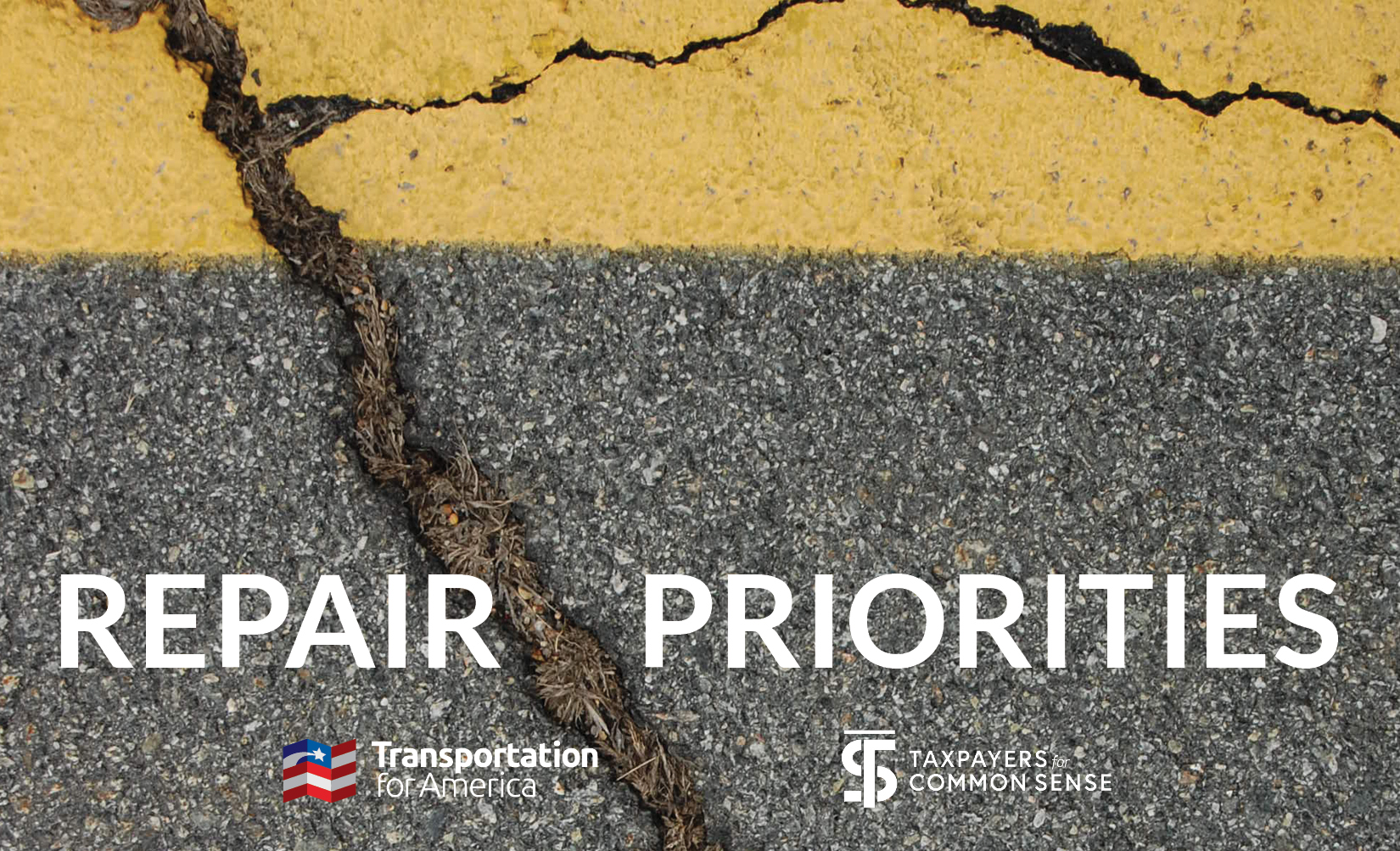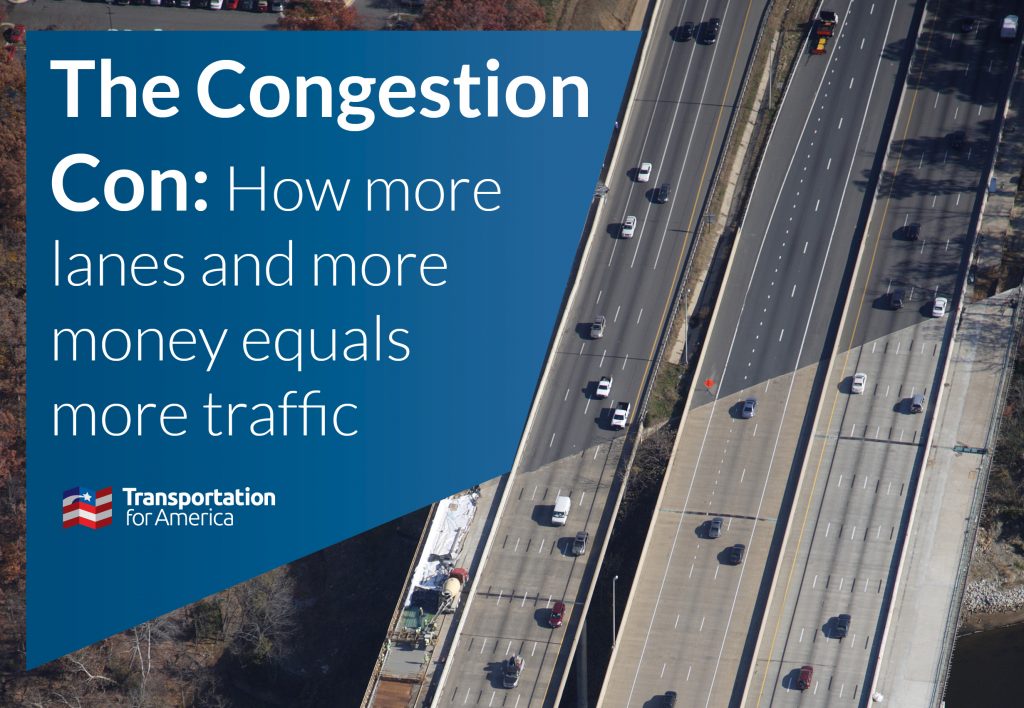What service cuts are transit agencies facing around the country?
Public transit agencies are approaching an unprecedented funding crisis. To get a better sense of the magnitude of that crisis, we conducted a scan of media coverage about transit budget shortfalls and service cuts during the pandemic. The results paint a clear picture: most major transit agencies have either already been forced to cut service or are anticipating significant cuts on the horizon without emergency funding support for Congress.

Voters sent a strong message by passing the majority of transit initiatives on the ballot on November 3—including some larger funding initiatives to expand transit service like Austin’s Project Connect. Americans want to see transit survive the COVID-19 economic downturn, know transit will be a critical part of economic recovery, and are willing to step up to help make that happen.
Unfortunately, that local commitment won’t be enough without emergency funding to get transit agencies through the immediate crisis. Transit agencies need at least $32 billion in emergency federal funding for transit operations—funding that a stimulus bill could provide—but Congress has so far failed to act since its initial assistance in the CARES Act in March.
We’ve heard from transit agency executives, riders, union leaders, researchers, and others and the takeaway is clear: there will be no economic recovery without transit, and transit won’t survive this crisis without help from federal policymakers. Service cuts will have devastating impacts on millions of people who rely on transit everyday to reach jobs, medical care, groceries, and services, and the burden of these transit cuts would fall overwhelmingly on people of color.
But just how severe is the looming crisis many agencies are facing? T4America surveyed recent media coverage of agencies’ financial outlooks and potential service cuts and found that most major transit agencies have either already cut service substantially or are expecting significant cuts on the horizon without emergency assistance. And while smaller transit agencies aren’t necessarily getting the same media attention, we know many rural agencies are facing their own catastrophic cuts.
A wave of service cuts on the horizon
While the CARES Act provided much-needed temporary support to transit, it was never intended to be a permanent fix or provide sustained funding—and those funds are about to run out for many agencies that are already struggling. We have compiled a list of some of the major pending cuts below:
San Francisco Municipal Transportation Agency (SFMTA) will run out of its CARES Act funding next month. Director of Transportation Jeff Tumlin recently called attention to the agency’s $148 million operating loss.
The Washington Metropolitan Area Transit Authority (WMATA) in the DC region will also run out of its CARES funds by the end of 2020. Without additional federal support, WMATA may need to make approximately $200 million worth of cuts through service changes and layoffs beginning in December—and today announced devastating future service cuts, including the complete elimination of weekend service and the closure of 19 stations.
The Metropolitan Transportation Authority in New York City has been outspoken in warning that it could be forced to cut service by as much as 40 percent without more emergency funding. A recent study found service cuts in NYC could lead to the loss of 450,000 jobs.
The Southeastern Pennsylvania Transportation Authority (SEPTA) in Philadelphia will see its CARES funding run out in 2021. These cuts could have devastating economic impacts. A recent study found that SEPTA stimulated more than $3 billion in economic activity across the state last year, and has issued about 19,000 contracts worth more than $1.3 billion to companies in 38 of the state’s 67 counties since 2015. SEPTA General Manager Leslie Richards said it well: “We need to be up and running. If we are not functioning, the recovery of our area and the recovery across the state will be slowed.”
Boston area officials have begun planning for possible service cuts in response to a forecasted $300-$600 million shortfall for the Massachusetts Bay Transportation Authority for the fiscal year beginning July 1, 2021, when Boston’s CARES Act funds are set to run out. The T could eliminate all ferry service, reduce bus service and stop commuter rail service on weekends as a result of that shortfall.
The Maryland Transportation Administration is reducing service on its MARC commuter trains and buses for the Washington DC and Baltimore areas. This is a change of plans after the state saw significant backlash in response to an initial proposal to cut Baltimore city bus service instead.
The Denver region’s transit agency, the Regional Transit District (RTD), has discussed the elimination of up to 550 positions to balance its 2021 budget, facing a $215 million deficit next year once its CARES Act funds run out. Earlier this year, RTD cut back its daily service to 60 percent of pre-COVID levels, and the agency expects to run reduced service for the foreseeable future.
The Richmond region faced a $2.6 million hole in its transit agency’s budget as a result of the pandemic. While CARES Act funding has temporarily helped fill the gap, the agency will face a $10 million to $12 million shortfall in its fiscal year 2022 budget.
MATBUS, serving the Fargo-Moorhead metropolitan area in North Dakota and Minnesota, is facing a shortfall of more than $1 million annually in coming years without federal support, prompting the agency to consider changes to its governance structure.
Already operating well below normal service levels
While action from Congress would help prevent some of the service cuts agencies are considering or expecting to make, it could also help restore service we have already lost. Many transit agencies (including some of those above) aren’t just contemplating future service cuts—they have already reduced service at the beginning of the pandemic and haven’t been able to restore it since. For example, MARTA in the Atlanta region eliminated most of its bus routes back in April, reducing 110 bus routes down to a staggering 41 routes, and is still operating at reduced capacity.
Other agencies have had to make cuts more recently. Louisville’s Transit Authority of River City cut 15 routes (about one-third of their total service) in August, citing budget challenges. King County Metro in the Seattle region cut service by 15 percent in September. The list goes on.
Tell us about transit cuts in your community
Not all transit cuts nationwide are getting media coverage. If your local transit agency has been or will likely be forced to reduce service or layoff workers, we want to hear about it. Email us at info@t4america.org.



















